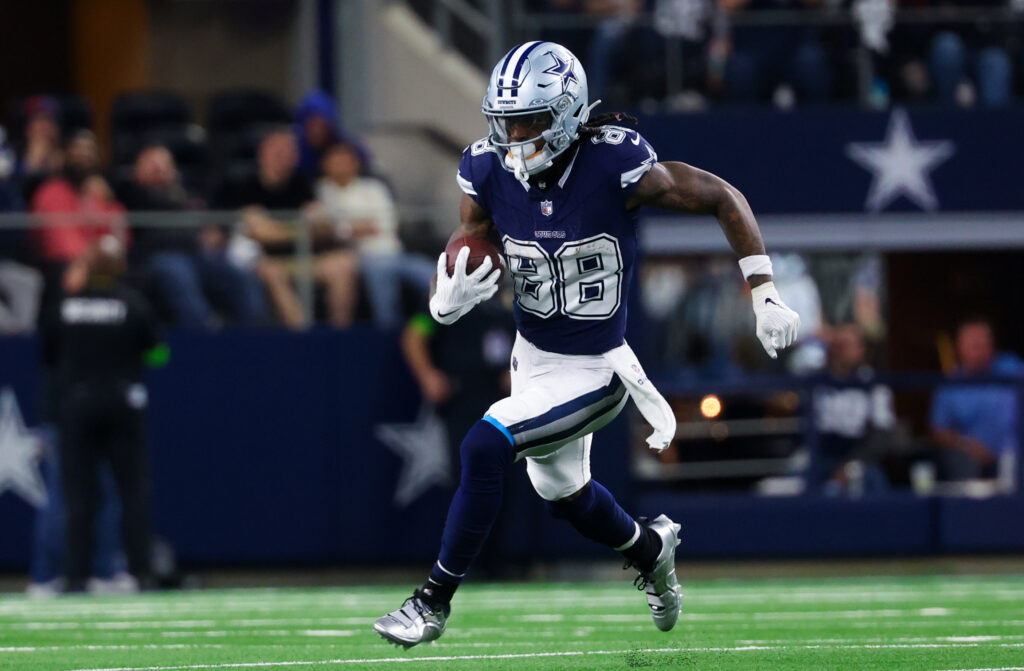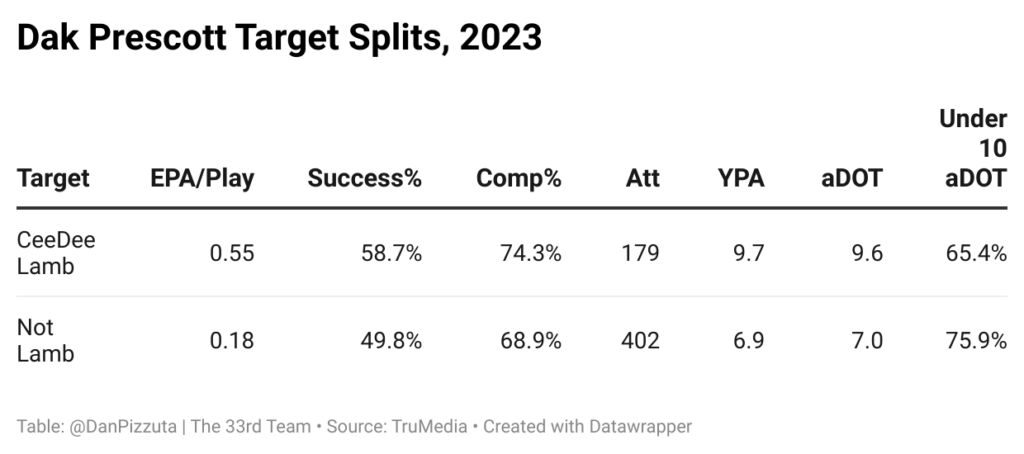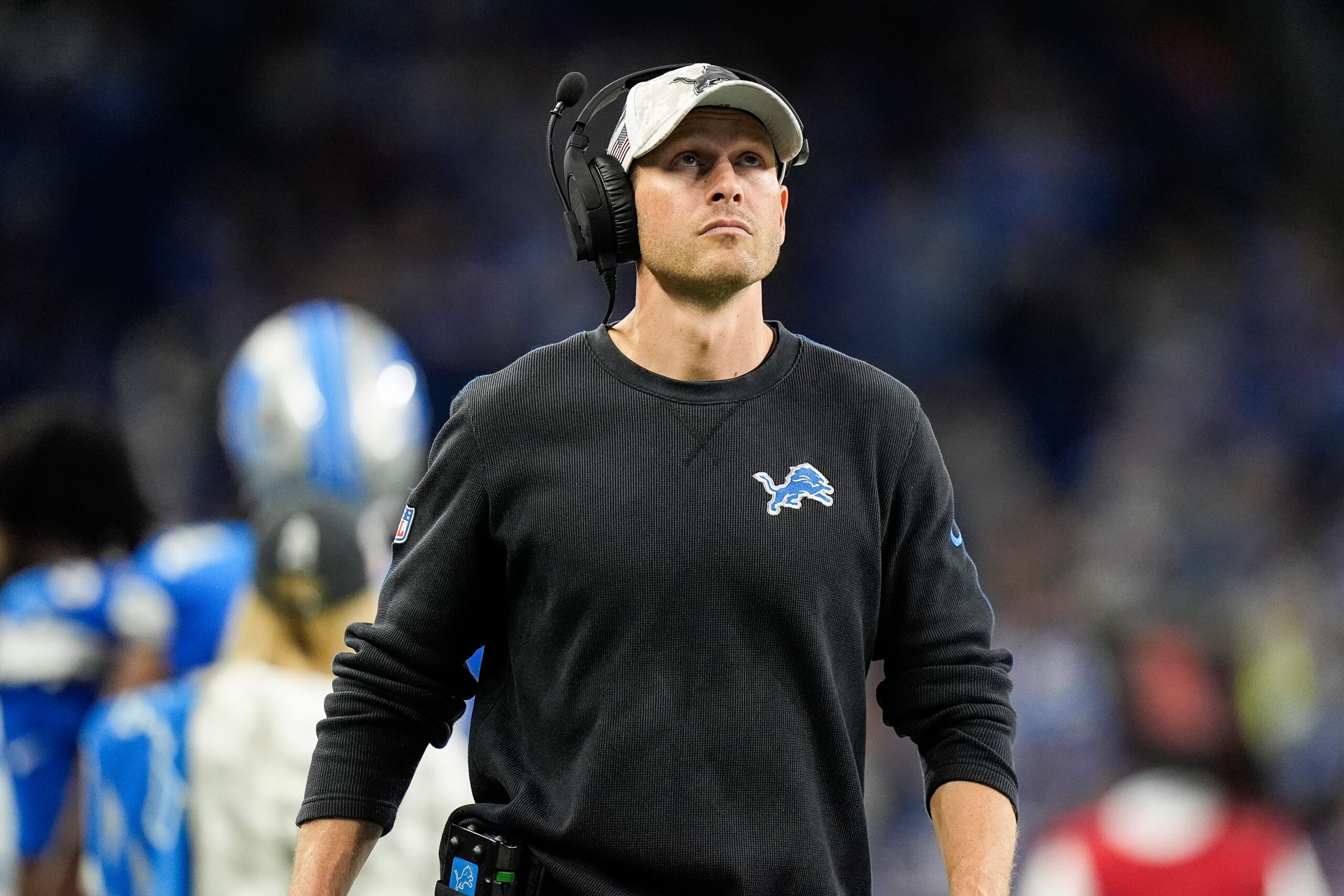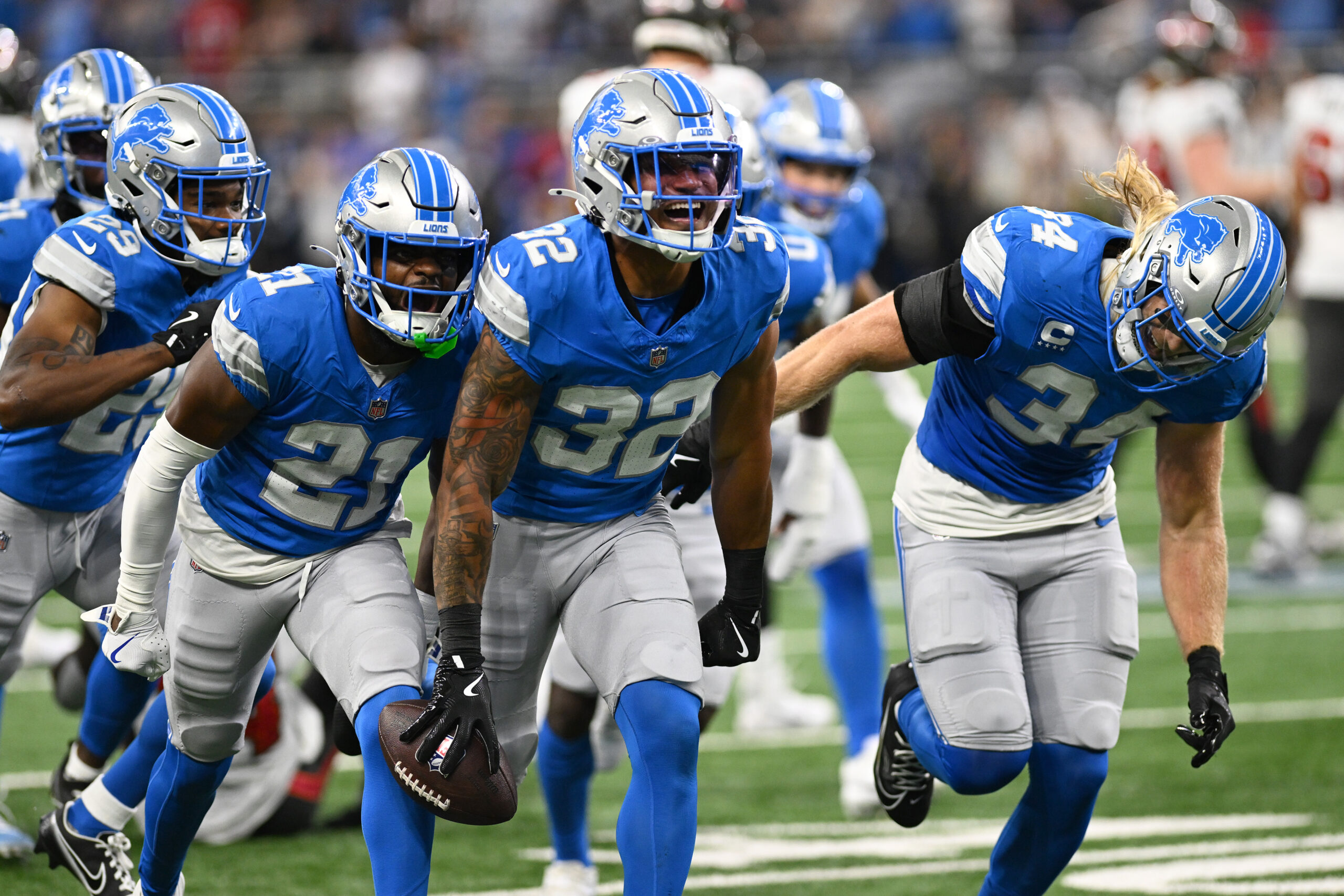NFL Analysis
8/9/24
6 min read
Should The Dallas Cowboys Have Urgency With CeeDee Lamb Contract?

In almost any line of work, when you hear your boss talk about your future, your immediate reaction being “lol” probably isn’t ideal. That’s what we got from CeeDee Lamb after Jerry Jones was asked about the timing of getting the receiver signed to a new deal in Dallas.
Lamb has yet to report to training camp while seeking a new contract, as he’s set to play on his fifth-year option in 2024.
Is Urgency Necessary?
Like the Brandon Aiyuk situation with the San Francisco 49ers, the team does have most of the leverage with the timing. Because of the fifth-year option this year and a potential franchise tag after the season, there is technically no urgency for the Cowboys to get a deal done.
Of course, that doesn’t mean it’s good business and healthy for the team in the long term. Unlike the 49ers, who already have most of their core players on big deals, the Cowboys will have to pay up for their top three players within the next two offseasons.
Dak Prescott is in the final year of his contract with a no-tag clause, Lamb is on his fifth-year option, and Micah Parsons is extension-eligible going into his fourth season. Because of how those contracts are staggered, the Cowboys could delay these deals for as long as possible on a timeline that looks like this:
2025 offseason: Prescott extension, Lamb franchised
2026 offseason: Lamb extended, Parsons franchised
2027 offseason: Parsons extended
This timeline would upset multiple players and cost the Cowboys more money than they would have had to pay if they had completed these deals earlier, but this could linger.
Lamb’s deal also has the widest range of outcomes based on the potential deals that could be done at his position. The New England Patriots reportedly offered Brandon Aiyuk a $32 million per year contract as part of a trade package before that offer was declined. But that highlights how aggressive a receiver-needy team like the Patriots could get with the opportunity to acquire a receiver.
Tee Higgins and Stefon Diggs don’t hit the same quality as Lamb, but those two might hit unrestricted free agency, which could boost their value.
Ja’Marr Chase is currently extension-eligible and is looking for a new deal near where college teammate Justin Jefferson set the market at $34 million per year.
After this season, Drake London, Garrett Wilson, and Chris Olave, members of the 2022 draft class, will be eligible for extensions. The floor for some of those deals could be an average of $30 million per year.
How much do the Cowboys need Lamb?
A lot.
Last season, Lamb led the league in targets, was second in receiving yards, and had the fourth-highest target share, per TruMedia. The passing offense, which produced near-MVP-level quarterback play for much of the season, revolved around Lamb being the top target.
The more Lamb was involved, the better the offense became. More Lamb involvement was also a big switch for success in the red zone during the season. Before the bye, Dallas was 26th in red zone efficiency, scoring a touchdown on only 39.1 percent of their red zone trips. During that time, Lamb had a 14.3 percent target share in the red zone with just two receptions and no touchdowns.
After the bye, Lamb had a 37.7 percent target share in the red zone and turned 15 catches into eight touchdowns. The Cowboys as a whole jumped to eighth in the red zone with a touchdown on 64.6 percent of their trips.
Overall, there was a significant difference between the results of plays with Lamb targeted and when the ball went to anyone else.

Behind Lamb, there is not much. If Lamb were to miss time, Brandin Cooks, Jalen Tolbert, and KaVontae Turpin would be the team’s three-receiver set. That’s not a receiving corps an “all-in” team should be running out, even if Cooks has been productive throughout his career and Tolbert has been getting rave reviews in camp entering his third season.
The Cowboys have the eighth-lowest amount of cap space allotted to wide receivers this season and nearly all of that comes from Lamb’s contract.
Is Lamb worth the deal he’s looking for?
We’ve seen players take a high target share and slot work to turn it into great production that is mostly the result of the offense in which the receiver is in. That is not the case with Lamb.
Lamb had a nearly 50-50 split between lining up outside and in the slot, something that has been his role during the past two seasons since the Cowboys traded Amari Cooper — a player the Cowboys thought was no longer worth this contract while there are now 20 wide receivers making more than Cooper’s $20 million average.
As a rookie, Lamb started as a slot receiver but has made his way outside more as he took over that lead role. When Lamb lined up outside, he still had a 35.7 percent target share in 2023 and was targeted on 31.1 percent of his routes. Those rates were sixth and fourth, respectively, among receivers with at least 200 routes on the outside. His 3.23 yards per route run on the outside were second only to Tyreek Hill’s 4.13.
When Lamb lined up outside, he saw man coverage on 26.1 percent of his routes, which was above the 24.3 percent average across the 68 receivers who ran at least 200 routes out wide. Lamb’s 4.33 yards per route run against the man on the outside was the highest among those players.
The way in which the Cowboys were able to move Lamb around and win with him all over the field was a big piece of the offense, even when running basic staples of a Mike McCarthy offense.
Moving Lamb around not only helps the offense but also allows the other receivers to play to their strengths, wherever that may be. With such a volatile receiving corps behind him, that’s a valuable piece for an offense.
This deal will get done, but the question is when. Jerry Jones admitted he likes to stir up the attention. Positive attention for getting ahead of a big contract works, too, but the Cowboys have not always worked that way. The longer they wait, the more they’ll pay for it in more ways than one.







